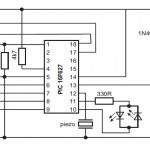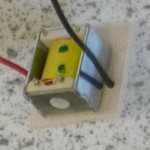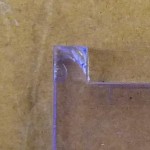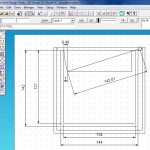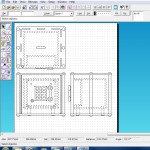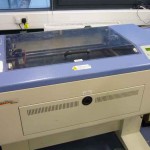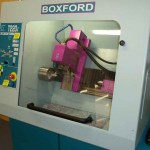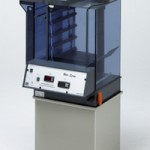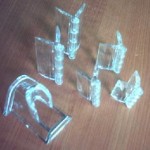
To design a strong case that will be simple to construct I need to do some research on joining acrylic, hinges and other components Glues: Solvent Cement: As I have used in the past I could use a solvent cement to join the acrylic components. This glue works via capillary action so the edges to […]
